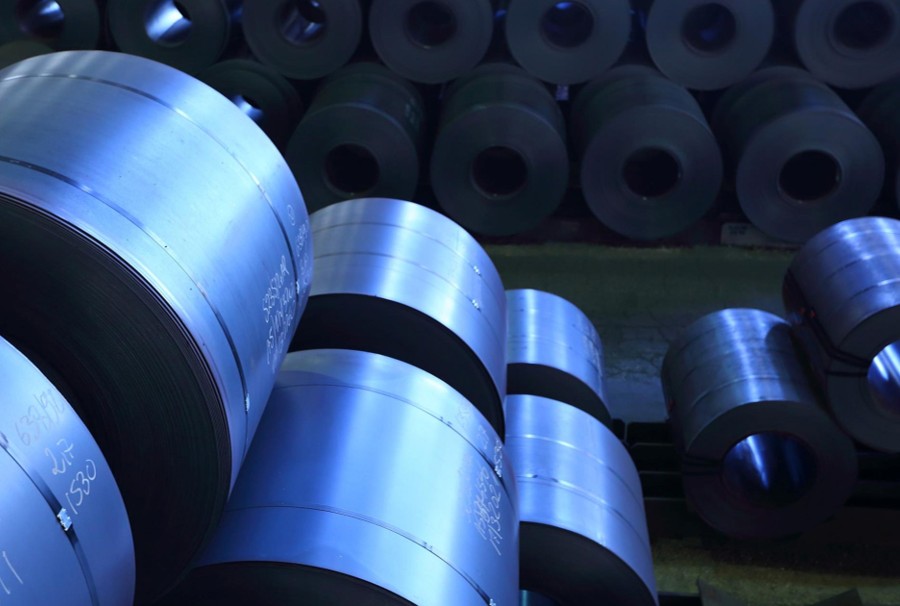Market Data

August 2, 2019
Rising Steel Prices Give Secondary Market a Boost
Written by Tim Triplett
Rising prime steel prices are bringing some welcome relief to sellers of secondary as well, but higher prices do not necessarily translate into higher margins. Sources tell Steel Market Update that conditions in the nonprime market have improved, but remain challenging.
Nonprime or secondary steel includes coils that are rejected because they fail to meet the specifications for their original use but may be suitable for alternative applications. The price of nonprime tends to move up and down with prime steel. Domestic mills have raised prime flat rolled and plate prices significantly in the past six weeks.
Now that their Section 232 tariffs have been lifted, Canada and Mexico are back in the secondary market, but product moving across the border is not a big factor in nonprime today, sources say.
Prices for secondary and excess material have risen along with prime, as expected, but not necessarily to the same degree, said Lisa Goldenberg, president of Delaware Steel of Pennsylvania, Fort Washington, Pa. “It’s not difficult to find material today. Where I am getting crushed is on the margins.”
Not all secondary material is the same. The most desirable items, such as light gauge galvanized coils that have many uses, are not much cheaper than prime, which leaves limited wiggle room between what distributors must pay for them and what they can charge the end user. For the low-demand secondary items with few alternative applications, such as high-strength steels, service centers are often lucky to find a willing buyer at any price. Thus, the margin squeeze.
Demand for steel, both prime and nonprime, has been questionable for the past year as buyers bought only for their immediate needs in a declining-price environment. Their reasoning: Why buy steel today when it will be cheaper tomorrow? That thinking has now reversed: Why wait to buy steel when it will likely cost more in the future? The rebound in steel prices in July has brought some buyers off the sidelines, sources say.
“With the latest increases in prime, on top of higher scrap expected in August, people can come back into the market without feeling like they just bought something that will devalue in a couple weeks,” said Greg Gross, COO and director of purchasing and sales at Blackhawk Steel Corp. in Chicago.
“Three raises in five weeks [by the flat rolled mills] has established a limited level of comfort by establishing a bottom to the market. That perception will last at least into September,” Gross predicted. “It’s a very different feel now than it was six weeks ago. When a buyer knows the next 60 days should be in a similar pricing pattern, it just changes the dynamic.”
Although sources say activity has picked up, there has not been a big spike from pent-up demand. “It is still a very soft, quiet marketplace. Spot buyers are still very hesitant,” Gross said. “Even though our economy is moving along very well, we are all afraid of some kind of unforeseen event. It has happened before. So, there is hesitation, which has become the new normal in how goods are purchased.”
“On the end-user side of the business, there is something to be desired in terms of demand,” agreed Mike Barnett, president of Grand Steel Products, Wixom, Mich. “Without activity from end-users increasing substantially—and I don’t feel it has yet—I can only hope demand will continue to trend in a positive direction and pricing will hold.”
Added Barnett: “It’s difficult to get a feel for this market. On the one hand, I am buying like the price is going up. On the other hand, I am saying let’s not get too far out over our skis. We have seen too many times when the market goes up, then tempers and comes back down.”






